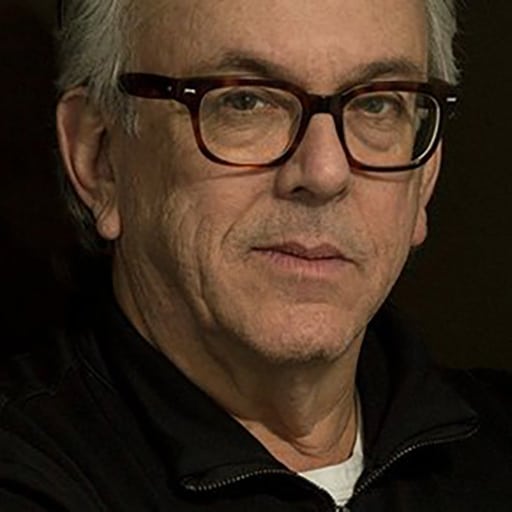Arthur Grace, 1981 Polski Yacht Club
Autocracy is on the rise. An obvious statement maybe, but one rooted more and more firmly in the present albeit with a shaky-hand salute to the past. From Attila the Hun and Genghis Khan, through Napoleon, Stal...




